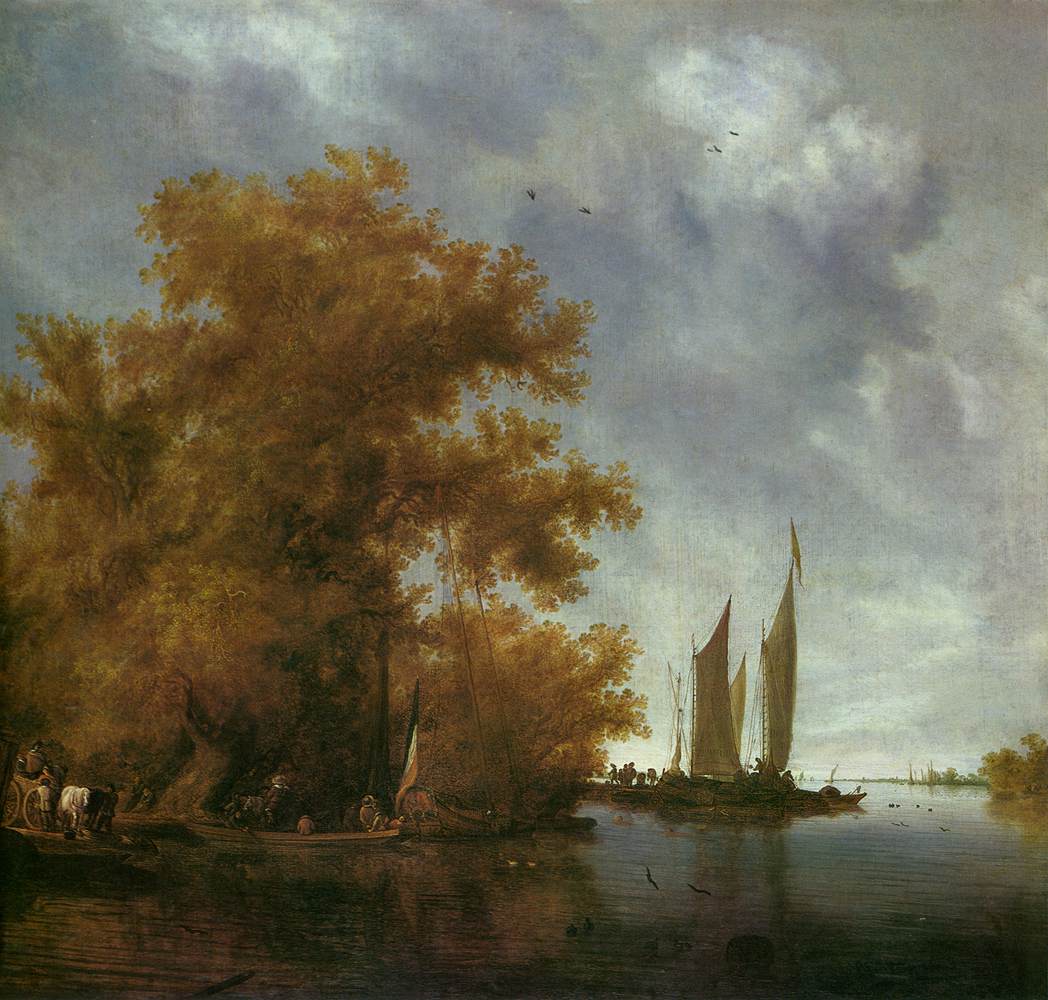Description
The work "Paysage à Collioure" by Henri Matisse, created in 1905, is an emblematic piece that captures the vibrant and renewing spirit of Fauvism. Matisse, one of the leaders and founders of this movement, moved to Collioure, a small Mediterranean port in the south of France, where he found an inexhaustible source of inspiration due to the quality of light and the intensity of the colors perceived there. This painting, measuring 47x60 cm, reflects very well the revolutionary impulse that Matisse and his Fauvist companions imprinted on their works.
"Paysage à Collioure" delves into the bold exploration of color and form. The composition of the painting is based on free and assertive landscaping, where contours and naturalistic details give way to pure and vibrant color patches. This use of color is one of the most notable aspects of the work, as it strips away tones closer to reality to give way to an intense and subjective chromatic palette. The painting is dominated by blue, green, and red tones, which together create an atmosphere full of energy and vitality.
Matisse's strokes, confident and flaming, do not seek to precisely delineate the details of the landscape but rather suggest a more immediate and visceral impression of the surroundings. When observing the work, one can distinguish a coastal landscape with bushes and trees that snake along the composition, but these elements are not defined in detail. Instead, they are presented as segments of shapes and colors, giving the work an almost abstract character, where the representation of the motif merges with the sensation it provokes.
It is noteworthy the absence of human figures in the painting, which can be interpreted as a deliberate choice by Matisse to focus attention on nature itself and the emotion it can convey. The decision to exclude any human presence can also be seen as an invitation for the viewer to fully immerse themselves in the landscape, without distractions, allowing for a more direct and personal connection with the natural elements and the fervent use of color.
Fauvism, the movement to which this work belongs, is distinguished by its emphasis on expressive freedom and the departure from strict imitation of nature. "Paysage à Collioure" exemplifies how Matisse and his contemporaries used color not just as a decorative element but as a means to convey deep and personal emotions. The bold chromatic explorations seen in this painting encouraged future artistic movements, laying the groundwork for the evolution of modern art.
This work is a celebration of the sensory power of the Collioure landscape, captured through Matisse's innovative eyes. The work is imbued not only with the light and colors of the region but also with a creative freedom that inspired an entire generation of artists. Thus, "Paysage à Collioure" is not just a representation of a place but a milestone in art history that encapsulates the spirit of an avant-garde seeking to break with established canons and redefine the meaning of artistic expression.











